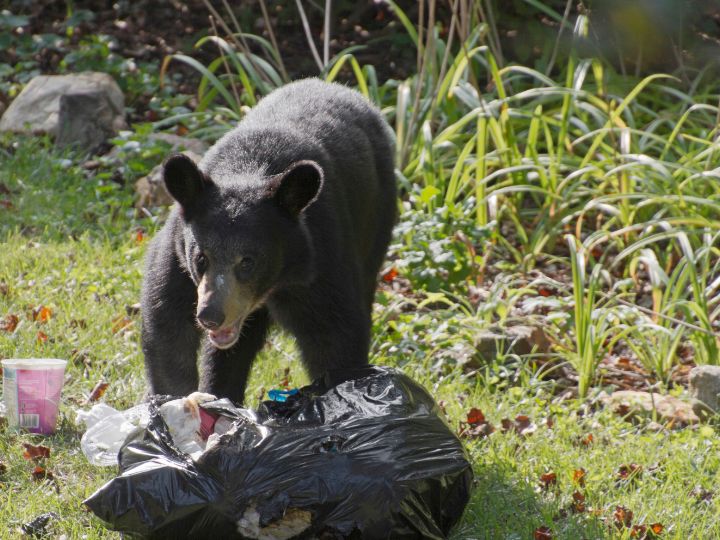Various animals are known to feed on garbage, including raccoons, crows, goats, foxes, squirrels, coyotes, possums, groundhogs, skunks, bears, cats, and rabbits. Over 200 different marine species, such wild animals such as turtles, whales, seals, and birds, have been documented consuming plastic, often mistaking it for food. This is mainly because the smell of plastic in the ocean is similar to that of the animals’ prey, making them more susceptible to ingesting it.
The issue of garbage consumption by animals is a growing concern as the amount of waste produced by humans increases and infiltrates natural habitats. This phenomenon is not only limited to terrestrial animals but also extends to marine species as plastic waste finds its way into oceans. Understanding the reasons behind this behavior and the impacts it has on the environment can provide valuable insight into how to mitigate its effects and protect the biodiversity of our planet.
The consumption of waste, particularly plastic, can lead to severe consequences for the affected animals. It can cause internal injury, diseases, starvation, and even death. The ecosystem as a whole is disrupted by this intake, with consequences on food chains, reproduction, and survival. As we continue to explore the complex relationships between garbage, animals, and ecosystems, it becomes increasingly important to devise and implement strategies that can combat this threat to wildlife.
Overview of Animals That Eat Garbage
Various animals are known to consume garbage, primarily due to their scavenging behaviors, which lead them to scavenge for food wherever it is accessible. Raccoons are one of the most notorious garbage-eating animals, frequently seen rummaging through trash and garbage cans, in search of a meal. However, they are not the only species to exhibit this behavior. Other animals such as seagulls, rats, and insects have also been found to consume trash.
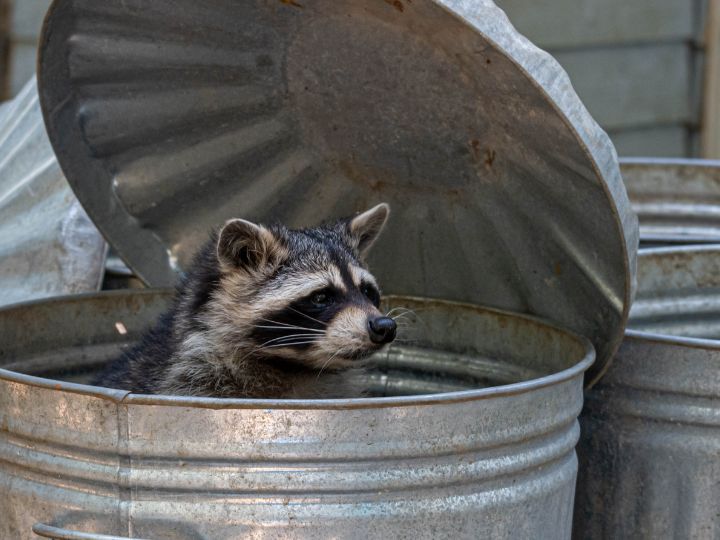
Reasons for Consuming Garbage
Animals eat garbage primarily for one of two reasons:
- Scarcity of food resources: In urban environments and altered habitats, finding natural food sources can be challenging for animals. Consequently, they may turn to consume easily accessible trash to fulfill their nutritional needs.
- Opportunistic feeding habits: Some animals, like raccoons and rats, are natural opportunistic feeders, meaning they will eat any available food. As a result, they often take advantage of unsecured garbage sources.
Impact on Ecosystem
The consumption of garbage by wild animals can have multiple consequences on both the creatures themselves and the ecosystems they inhabit:
- Health risks: The ingestion of inorganic materials, such as plastic and other harmful substances, can lead to health issues or death for these animals.
- Altered behaviors: Relying on trash for sustenance can change animals’ natural behaviors, such as migratory patterns or interactions with other species.
- Pollution: The garbage-consumption habit can lead to the spread of pollution within ecosystems when animals discard partially eaten trash or when they defecate indigestible materials like plastic.
In summary, garbage consumption by animals is not only a consequence of human-generated waste but also an issue that affects their health and the ecosystems in which they live. Steps must be taken to reduce waste production and manage proper waste disposal to protect wildlife and maintain ecosystem balance.
Urban Scavengers
Rats and Mice
Rats and mice are known as opportunistic feeders and are commonly found in urban areas where they can access food scraps. They are attracted to the smell of garbage and can often be seen near trash bins scavenging for leftovers. Some of the waste materials they consume include:
- Food packaging: They chew through plastic, paper, or cardboard to access the food inside.
- Fruits and vegetables: Rats and mice will eat discarded produce found in garbage bins.
- Meat and dairy products: These rodents also consume meat scraps and dairy waste.
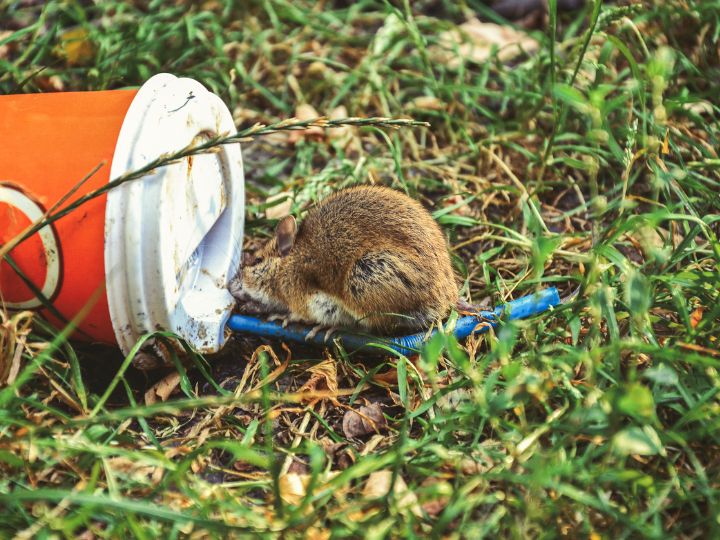
Pigeons
Pigeons are another common urban scavenger known for their adaptability to city environments. They primarily feed on human waste, utilizing a range of food sources found in garbage, including:
- Bread crumbs: Pigeons are attracted to discarded bread crumbs, a common sight in urban areas.
- Seeds and grains: They also consume leftover seeds and grains thrown away by humans.
- Junk food: Pigeons are known to eat discarded chips, popcorn, and even fried foods when available.
Raccoons
Raccoons are also skilled scavengers that actively search for food in urban environments, often raiding garbage bins and trash cans. They have a varied diet, consuming items such as:
- Scraps of poultry, fish, and meat: Raccoons will seek out protein-rich food waste.
- Fruits and vegetables: They also consume discarded produce, which adds to the variety in their diet.
- Insects and small animals: In addition to garbage, raccoons catch insects or small animals for additional nutrition.
In summary, urban scavengers like rats, mice, pigeons, and raccoons play a significant role in disposing of the waste generated in city environments. They have adapted to thrive in these areas, relying on human-produced waste as a primary food source.
Aquatic Species
Seagulls and Other Birds
Seagulls and other birds are known for consuming plastic litter found in the ocean. Seabirds are particularly at risk as more than 200 animal species have been documented consuming plastic, including them. Plastic attracts seabirds because it can pick up the smell of their prey, such as krill and fish. When birds accidentally eat plastic, it can lead to malnutrition, digestion issues, and even death.
Research indicates that the majority of seabirds have plastic in their stomachs, which affects their overall health and well-being. To mitigate this issue, it is essential to raise awareness about plastic pollution in the ocean and actively work towards reducing plastic waste.
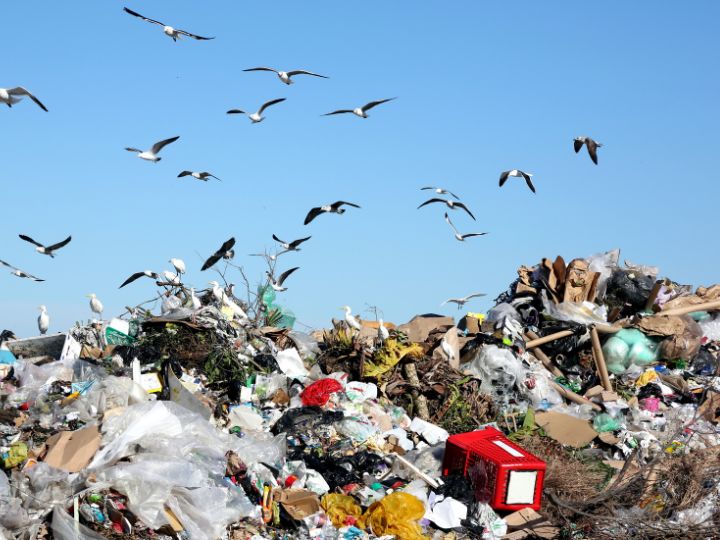
Turtles
Turtles are one of the marine species that are greatly impacted by plastic pollution. All seven species of sea turtles have been found to ingest or become entangled in plastic debris. This can lead to suffocation, injury, and death for these animals. Ingesting plastic can result in blockages within their digestive systems, making it challenging for them to process food.
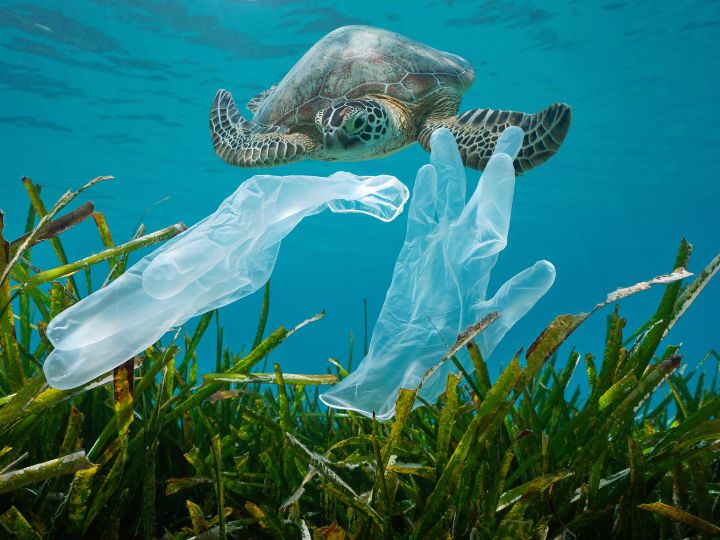
The most concerning issue for turtles is entanglement in plastic waste, such as discarded fishing nets, six-pack rings, or plastic bags. These items can restrict the turtles’ movement, causing stress and possibly preventing them from reaching the surface for air, leading to drowning. Efforts are being made to remove plastic waste from the ocean and promote sustainable alternatives to plastic products, reducing the negative impact on turtle populations.
Adaptations and Survival Strategies
Foraging Behavior
Animals have developed various foraging strategies in response to the abundance of food in landfills. Some species, such as gulls and rats, are known to scavenge in these locations. Garbage provides an easy-access and nutritious food source, allowing these animals to expand their diets and thrive in urban environments.
Some animals have developed a higher tolerance for toxic substances that may be found in the garbage, helping protect them from the harmful effects. They have also become more flexible in their diets, enabling them to consume a wider variety of discarded items as compared to their non-garbage-eating counterparts.
Reproduction
Access to garbage resources can lead to an increase in population numbers among some urban-adapted species. The ample food supply allows for better nutrition and increased energy, potentially leading to improved reproductive success. As a result, animals with these adaptations can reproduce more frequently and produce a higher number of offspring.
In some cases, landfills and garbage sources may even facilitate new social structures or mating behaviors. For instance, animals might gather in higher densities around these sites, increasing the likelihood of finding suitable mates and defending valuable resources.
While the adaptations and survival strategies discussed here may benefit some species in the short term, it’s important to consider the long-term consequences of relying on garbage as a food source. Potential hazards include ingestion of plastic, toxins, and other harmful materials, which may have detrimental effects on the health and survival of garbage-eating animals and their offspring.
Conservation Efforts and Waste Management
Reducing Garbage Pollution
Poor waste management directly affects biodiversity, with plastic microbeads consumed by marine wildlife. Indirect consequences, like providing landfill sites for bacteria producing methane (a potent greenhouse gas), impact climate change. As a result, conservationists and governments must focus on improving waste management.
Practical steps include:
- Encouraging recycling: Recycling efforts help reduce waste in landfills and ensure that fewer resources are wasted.
- Composting: Composting organic waste can help decrease methane emissions and provide nutrient-rich soil for agriculture.
- Reducing food waste: A third of global food production ends up in landfills. Minimizing this waste will ensure fewer resources are wasted and less impact on animal scavengers.

Protecting Wildlife
Many animals, like raccoons and seagulls, have adapted to human waste as a primary food source. Garbage is also the main reason leopards have learned to live in urban areas, and brown bears and wolves see an increase in their population in modern Europe. To protect these species and prevent further behavioral changes, we must contain and manage garbage.
Some wildlife-focused garbage management practices include:
- Fencing off landfills: Installing fences around landfill sites prevent animals from accessing the trash, thus minimizing the risks associated with scavenging.
- Educating communities: Public awareness about responsible trash disposal can help preserve wildlife habitats and prevent attracting and habituating animals to garbage.
- Installing wildlife-proof waste receptacles: Using containers designed to deter animals can minimize the chances of wildlife becoming garbage scavengers.
By combining conservation efforts and effective waste management, we can reduce the negative impact of garbage on wildlife and their habitats.
Frequently Asked Questions
Becky is a fervent wildlife enthusiast and pet care expert with a diploma in canine nutrition. Her love for animals stretches beyond the domestic, embracing the wild tapestry of global fauna. With over a decade of experience in animal welfare, Becky lends her expertise to OutlandishOwl through insightful articles, captivating wildlife information, and invaluable guidance on pet nutrition. Her work embodies a deep commitment to understanding the intricate lives of animals and a passion for educating others on sustaining natural habitats. Becky's hands-on conservation efforts and her knack for translating complex dietary science into practical pet feeding tips make her an indispensable voice for creatures great and small.

